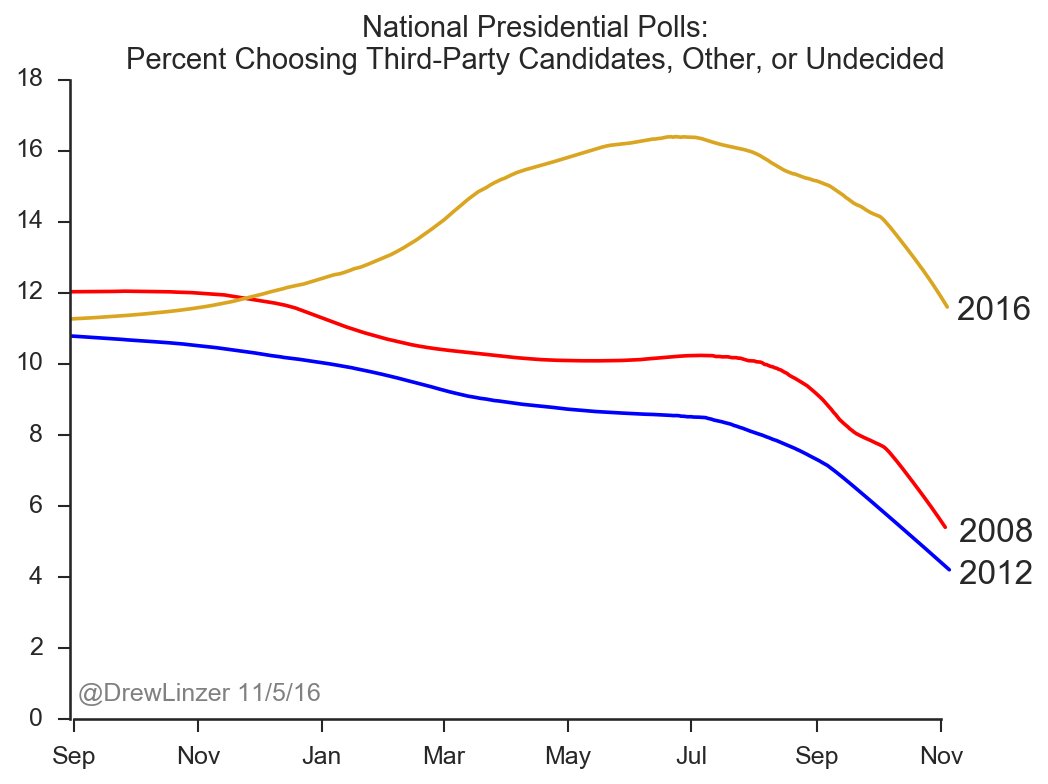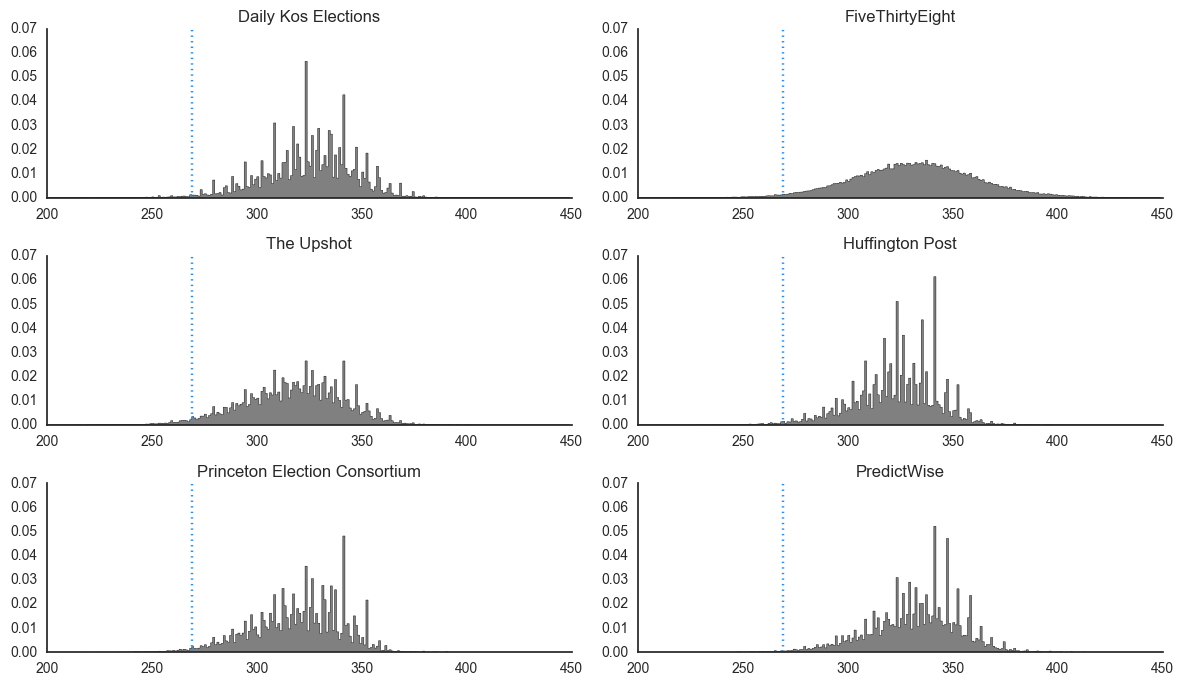Today, Civiqs is announcing the release of its public opinion Results Dashboard: an interactive website with data, charts, and tables from Civiqs’ daily polling of political attitudes all across America.
Civiqs is a polling and data analytics firm that conducts public opinion research online. Since 2013, Civiqs has fielded over half a million scientific research surveys and collected more than seven million responses to survey questions. (More background on Civiqs, and its relationship to Kos Media, is in this post from Markos Moulitsas. Civiqs has a separate team and is a distinct firm from Daily Kos but is owned by the same parent company.)
For the first time, Civiqs is making the results of its polls open to the public. The results dashboard is updated daily with current measures of President Trump’s job approval rating, the 2018 generic House ballot, favorable ratings of the Democratic and Republican parties, attitudes towards gun control, and much more. All of the results can be filtered and tabulated by age, race, gender, education, and party identification.
I’m the Director and Chief Scientist at Civiqs, and I’m extremely excited to bring this data to the public. Before founding Civiqs, I was a Professor of Political Science at Emory University; and before that, a pollster with firms in Washington, DC, and California. My academic research was largely focused on improving the measurement of public opinion, especially as it trended over time, and on forecasting attitudes into the future. Civiqs applies and builds on that research.
So much of the political debate these days is about how events and actions will play out in public opinion. And there’s not a lot of reliable polling available to answer that question. Often we find ourselves dependent on sporadic survey releases with inconclusive results, or polls put out by interested parties, and reporting that cherry-picks the largest outliers to tell misleading stories about what’s really happening.
The Civiqs research methodology represents what we believe is a better way to track public opinion on the political issues that matter most: with daily polls that detect shifts in attitudes immediately; and methods of data analysis that give us reliable, granular insight into the views of key demographic and partisan subgroups.
Civiqs polls on a wide range of topics, all across the United States, all the time. With results updated daily, the Results Dashboard can reveal shifts in public opinion both large and small, at the topline level and within small subgroups, as they happen. We optimized the Civiqs trendline results model to identify when changes occur—but to not overreact to short-lived, random deviations in the data. Oftentimes, public opinion remaining stable is just as interesting as when it changes—especially when events that seem important at the time have no impact on public perceptions whatsoever.
Here’s an example. Civiqs has been tracking attitudes towards gun control for over three years, starting in January 2015. At that time, Americans were evenly divided over support for stricter gun control laws. Shootings in Charleston in June 2015 and San Bernardino in December 2015 did little to affect public opinion.
But by the Pulse Nightclub shooting in Orlando in June 2016, Civiqs found that attitudes had begun to shift. The immediate reaction to the Orlando shooting was an increase in support for gun control legislation of about 3 percent. The Las Vegas shooting in October 2017 pushed support for gun control even higher. And after last month’s mass shooting at Stoneman Douglas High School in Parkland, Florida, support for stricter gun control measures surged by 8 percentage points more.
Using the “Refine By” options on the results page, you can filter the results even more finely and see that most of the increases in support for gun control after the Parkland shooting occurred among Independents and Republicans—especially those with higher levels of education. Remarkably, since January 2015, Republican women with postgraduate education have shifted from being opposed to stronger gun control laws by a 65 percent margin to being 3 points in favor of those laws, directly following the shooting.
How does Civiqs polling work? Every day, Civiqs surveys thousands of Americans about their opinions on politics, news, and current affairs. The respondents are sampled scientifically from Civiqs’ online, opt-in survey panel. To select panelists for interviewing, Civiqs draws a representative random sample of individuals from a registered voter file. Those people are matched to demographically and geographically similar individuals in the Civiqs panel. To achieve an accurate representation of the population, panel members from groups who are underrepresented in the Civiqs panel are sampled more frequently, and those from groups who are overrepresented in the panel are sampled less frequently.
Selected panelists are notified by email and complete the surveys in a web browser or smartphone at civiqs.com. Civiqs aggregates the results and applies a specialized statistical procedure that calculates trendlines, and models the data to be representative of the underlying population. (Technically, it is a Bayesian dynamic linear model with poststratification.) The results are published at civiqs.com/results, and updated daily.
The Civiqs survey panel represents all regions of the United States, all different groups, and every position on the ideological spectrum. Nobody is left out. The Civiqs panel is open to everyone who wants to join—Democrats, Republicans, Independents—everyone. The opinions of every single survey participant—on every side of every issue—are important.
Civiqs is focused above all on accuracy. The survey methodology implemented by Civiqs’ software is scalable, repeatable, and fully automated. Online polling methods have been studied extensively and been found to generate accurate results when researchers follow a series of best practices in sampling, user experience, interview design, and statistical modeling. Every Civiqs survey is conducted and analyzed in exactly the same way, which eliminates many of the errors and biases that arise in traditional polls. Response rates to Civiqs polls are more than double the industry average. Most importantly, Civiqs never does any ad-hoc weighting or adjustment of its results on a question-by-question or day-to-day basis.
I invite you to join in! When you sign up to take polls with Civiqs, you will receive periodic emails—about once every few weeks—when a new poll is ready. Most surveys are shorter than eight questions and take less than a minute to answer. You can even answer a poll quickly on your smartphone. Part of what makes Civiqs polls accurate is how easy they are to complete! Of course, you are welcome to unsubscribe at any time.
Civiqs will update the Results Dashboard each day with the latest survey results. Some questions will provide complete breakdowns of the results by demographic and geographic subgroups, in both the charts and crosstabs. Other questions will display the topline results only, with more information available to Dashboard subscribers. I hope you find the Dashboard to be a useful, informative, and detailed way to follow public opinion.


